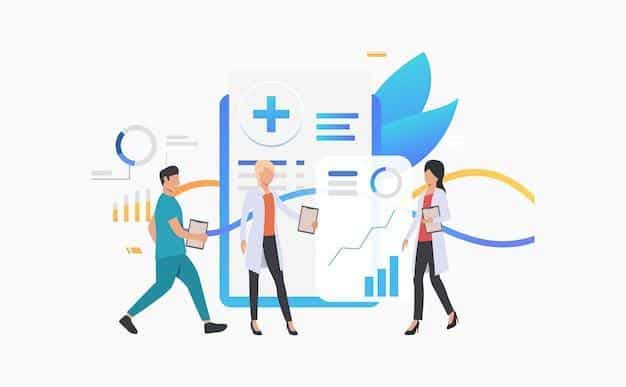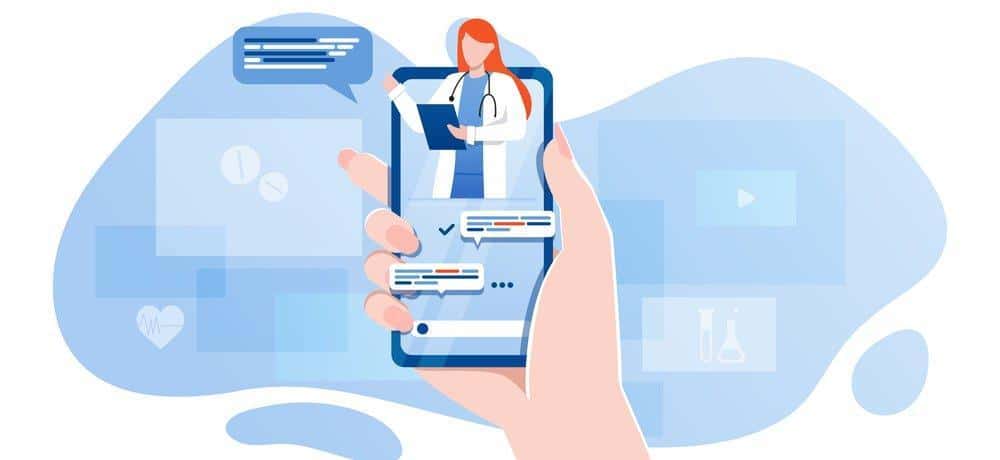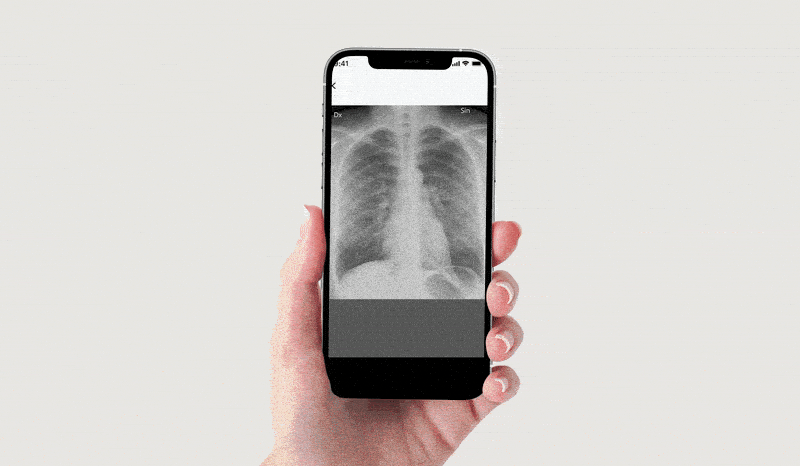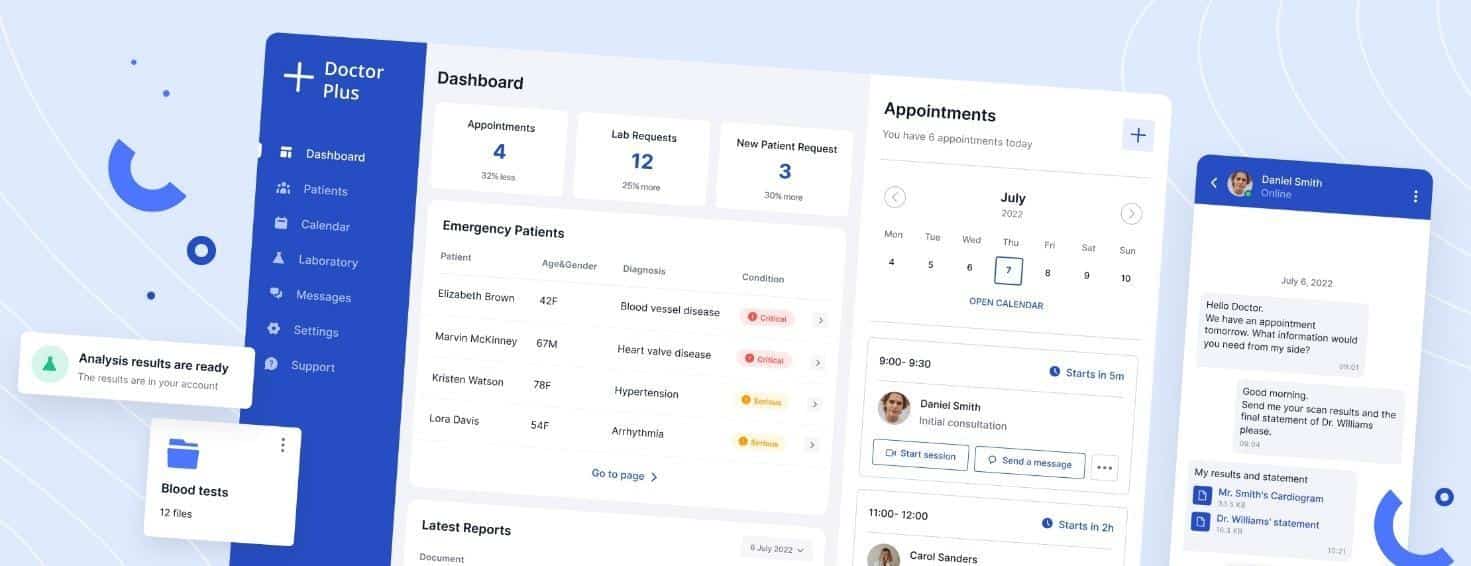Healthcare is one of those areas where the impact of IT is enormous. Leading hospitals and clinics cooperate with software development companies to build innovative digital products that dramatically improve the quality of care. However, even a most technically sophisticated product can fail if it is not user-friendly. Bad UX and poor user onboarding experience are among the key reasons why people 1https://www.sourcesoftsolutions.com/key-reasons-why-users-are-abandoning-or-not-downloading-your-app/ abandon certain apps. And in medicine, poorly designed platforms are not only inconvenient but also fraught with serious consequences. Health is a top concern here, and those dealing with patients must do their best not to affect it negatively. So, they should work only with reliable devices and digital platforms.
In this article, we’ll touch upon usability in health information technology and explain why it is important.
Usability in healthcare apps: primary reasons why it is essential
In healthcare, usability is a prerequisite to successful and high-quality care. Here is what good UX design ensures for medical professionals:
Patient safety
Safe treatment is the first and foremost concern of any physician and medical facility. In healthcare, usability issues can cause misunderstandings and lead to errors. And the cost of a mistake in this industry can be fatal. Therefore, IT providers must engage the best UX experts when building medical apps to minimize the risk of errors.
Increased efficiency
Modern facilities operate under an increased load. When dealing with numerous patients, medical professionals face constraints that can only be aggravated through the use of poor apps. With improved healthcare software usability, doctors are freed from tiresome tech tasks. They can devote more time to patients instead of dealing with incomprehensible software.
Cost-effectiveness
Poor usability in healthcare is not only unpleasant to deal with but can also cost you a tidy sum. You may need to make additional investments to either optimize your digital solution or train your staff to use the existing one. If a product is easy to use from the very start, it saves you money and effort.
User satisfaction
If medical workers use products they find appealing and efficient, this increases their overall satisfaction. And this is essential not only for clinical workflows. By operating easy-to-handle platforms, they spend less time and get less tired. And for a physician, the latter is of vital importance.
Better adoption rates
If a digital platform is hard to work with, this may lead to rejection. A clinic may simply order or buy another solution since the choice of both IT providers and software products in the market is impressive. By improving usability in health information technology, IT companies not only impact patient care but reap benefits themselves. They build trust and a solid customer base.

Usability in healthcare technology: ways of improving the UX of medical apps
Usability is at the heart of every successful medical product. The points we have listed are mostly related to medical professionals. But patients also use various healthcare apps, so their concerns are also of great importance:
If you need to implement a successful UX strategy in an app and ensure enhanced healthcare software usability, consider the following points:
Instill a sense of confidence
Despite the mandatory security regulations imposed by the government, some digital products still fall short in this area. Andersen’s experts advise IT professionals working on medical platforms to instill a sense of confidence in users when they use digital medical solutions, ensuring that they know their data is truly secure and their privacy is protected. People should feel reassured that their actions will not result in any negative consequences or loss of sensitive data. There are several ways to convey this sense to users:
- provide clear and concise explanations on critical issues and give accurate responses to actions taken;
- make sure users understand what the next step is and why it is important;
- provide simple explanations of why the app requires any specific information and tell how data will be used and stored.
Users should feel secure when they work with your app. So, make sure this sense is consistent.
Make users feel they control everything
It is essential to hand over control to users, particularly for medical apps. Bombarding them with lengthy and complicated privacy agreements during sign-up can have adverse effects. Most individuals won't take the time to read through it, and even those who do may not fully grasp what they are agreeing to.
Rather than overwhelming users, providing a brief list of 3–5 options detailing how their data will be shared can help them make informed decisions. Empowering users with information can increase their trust in the app. Since personal information is a requirement for medical solutions, it is crucial to ensure that the privacy section is easily comprehensible during sign-up. This includes information about how to revoke access to data, handling of data if the user switches services, and other privacy options that may be available.

Avoid being helpful just for the sake of it
People using healthcare apps are often anxious and under stress, seeking assistance for medical concerns. To ensure a positive user experience, the medical app user interface design should be clear and easy to comprehend.
Consider the example of a patient who has suffered an injury and needs to upload an X-ray report before an online appointment with a healthcare professional. If the upload fails, they receive an instant notification clarifying the reason for the failure and hinting at what to do next.
Creating a smooth and helpful user experience is key to good UX in apps. Patients seek help through technology when something is wrong, so making the process as straightforward and stress-free as possible is crucial.

Mind user-friendliness
Complex apps can be daunting for users. For patients and their relatives, the use of medical and billing terminology can be confusing and embarrassing. For healthcare providers, voluminous data entry and cumbersome interfaces can be discouraging. If you are an IT professional building innovative medical solutions, make sure the UX of your app is as positive as possible.
Well-structured platforms facilitate doctors’ work and help patients gain confidence in situations when they are anxious enough. For example, this multi-platform app for remote patient care gives medical professionals a plethora of information and stays clear at the same time. Click here to learn more about the project.

Conclusion
Enhanced usability in healthcare solutions is vital to create a positive UX and gaining trust among patients and doctors. To make apps clearer and more efficient, IT experts need to consider the user-centered design and simplified registration, billing, and data entry processes.
Developers and designers working on digital products for the medical industry should show empathy to people. When fighting diseases, they are under stress in any case, so if you make their interaction with programs easier, you’ll help them feel a bit better. For doctors, user-friendly apps mean improved workflows, saved time, and better performance.
Additional resources and citations
- 1https://www.sourcesoftsolutions.com/key-reasons-why-users-are-abandoning-or-not-downloading-your-app/
